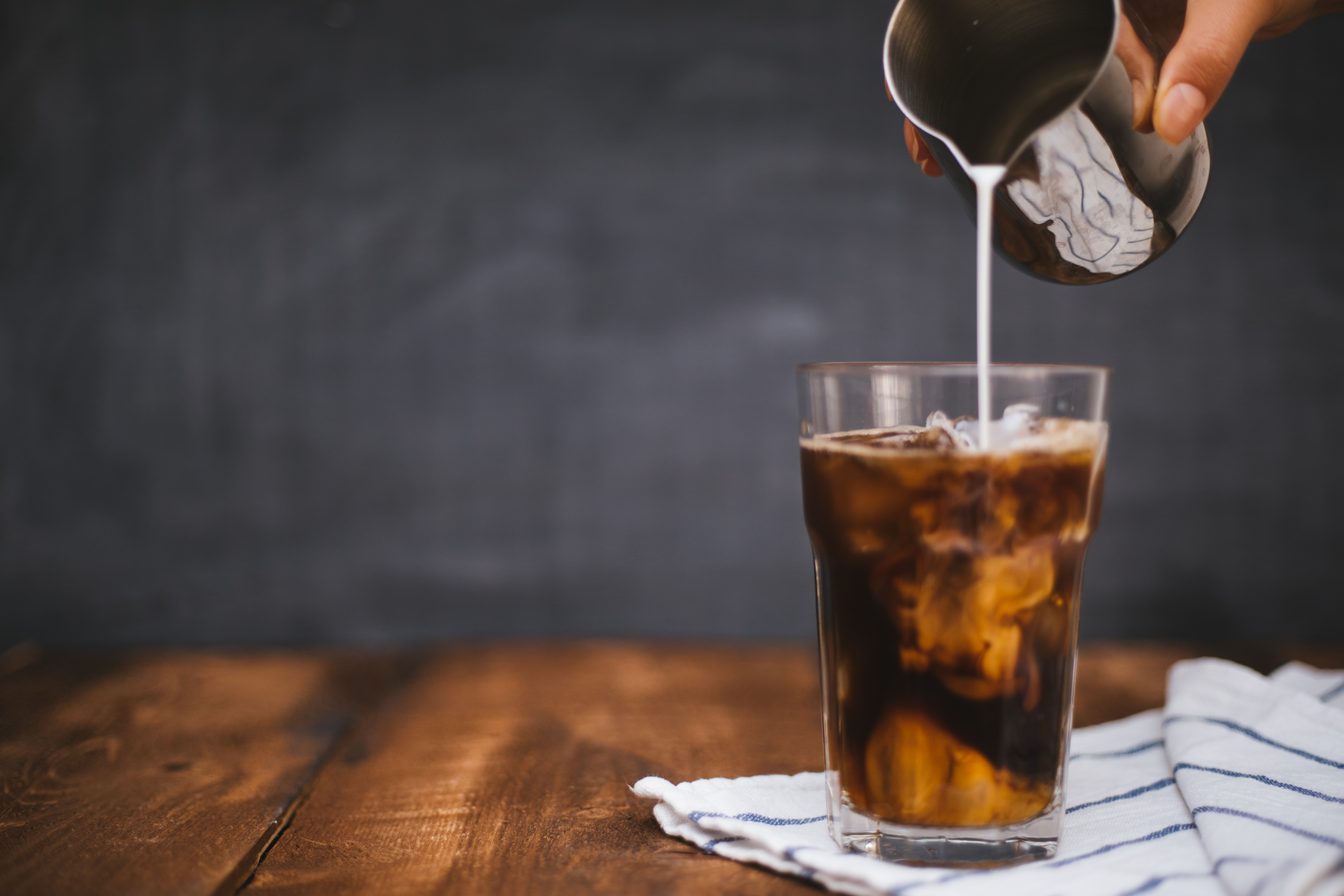Making the perfect cold brew coffee
11 April 2022
 A new study shows using different coffee species has a bigger impact on the composition and sensory attributes of cold brews than particle size and water temperature.
A new study shows using different coffee species has a bigger impact on the composition and sensory attributes of cold brews than particle size and water temperature.
Coffee is one of the world’s most popular drinks with around two billion cups consumed every day. Although there are more than 120 different species of coffee plants, Coffea arabica (Arabica coffee) and Coffea canephora (Robusta coffee) are the two leading commercial varieties.
A variety of methods for preparing coffee have emerged, most of which use high-temperature water and short extraction times. But in recent years, cold brewing has gained in popularity.
Cold brews can be prepared either by indirect contact – by dripping over the coffee grinds – or directly, by immersion, where the coffee is steeped in the water for many hours. The diversity in cold brewing conditions can lead to variation in the sensory, physical and chemical characteristics among drinks prepared using the same material.
But while there has been extensive research into hot extraction methods, studies looking into cold brewing are relatively scarce.
Applying science to cold brewing
In a new study, published in Food Research International, the team extended their evaluation to include sensory profiles of cold brews prepared with different coffee species under different brewing conditions.1
The researchers brewed different beverages with Arabica and Robusta coffee beans - using either a coarser grind and extraction at 5oC or a finer grind and extraction at 15oC. They used a variety of analytical techniques, including ultra-performance liquid chromatography (UPLC), to examine the physicochemical properties of the four brews.
In general, regardless of brewing conditions, the Arabica beverages had a higher trigonelline content and acidity - while Robusta drinks had higher caffeine, chlorogenic acids (CGA) and melanoidin content. Coffee beverages made with finer grinds at 15oC had higher levels of total soluble solids, caffeine, CGA, melanoidins and acidity than those prepared with coarser grinds and extracted at 5oC.
For these experiments, the team diluted coffee samples using ultrapure water generated from an ELGA PURELAB® laboratory water purification system – minimising the risk of adding contaminants that may affect the results.
Sensory assessment
The researchers then asked a panel of experienced tasters to evaluate various sensory attributes of the four cold brews. The results indicated that coffee flavour and bitter taste were the dominant sensory attributes of all beverages, regardless of material and preparation.
The use of different coffee species had a greater impact on the perception of the sensory attributes of the cold brews than the particle size and water temperature. Bitterness and astringent sensation were more dominant in Robusta cold brews while coffee flavour and sour taste were highly dominant in Arabica cold brews. Despite this, there was no difference in preference for the four beverages.
These results offer new insight for future investigations into cold brew coffee, which continues to rapidly grow in popularity within the coffee industry.
Why choose ELGA LabWater
ELGA’s expert engineers, chemists and scientists are at the forefront of technological innovation. We continue to introduce game-changing features to the laboratory water market.
Reference:
- Portela, C. et al. Effects of brewing conditions and coffee species on the physicochemical characteristics, preferences and dynamics of sensory attributes perception in cold brews. Food Res. Int. 2021;151:110860
